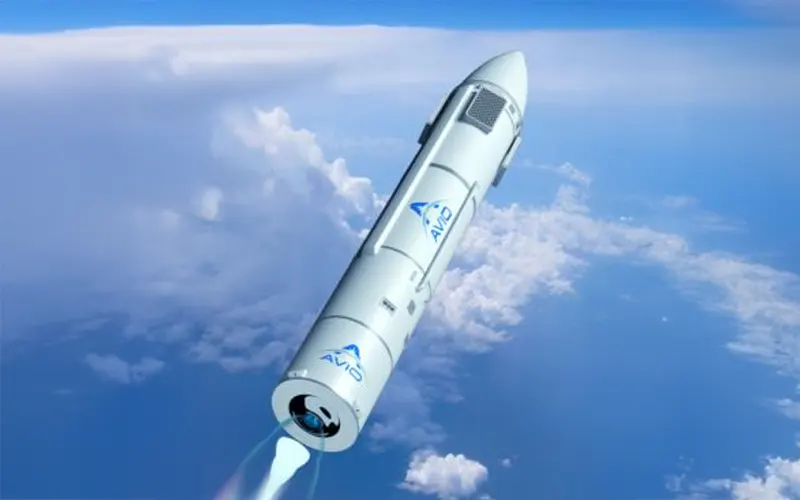 Credit: Avio
Credit: Avio
Italian rocket builder Avio has completed a key hot-fire test of its methane-powered MR10 liquid rocket engine, which will initially power a single-stage demonstrator being developed under the company’s Space Transportation System (STS) programme. The company will now move on to the integration and testing phase of the single-stage FD1 demonstrator.
In March 2023, Avio was awarded a €181.6 million contract to develop a two-stage, light-lift rocket powered by its new methalox engines. At the same time, the company also received €103.7 million to develop the MR60 rocket engine, a more powerful variant of its MR10 engine, which it has designed for the upper stage of the Vega E rocket. The Italian government is funding both projects through its €191.5 billion National Recovery and Resilience Plan (PNRR).
The primary focus of the STS programme is to mature and test the company’s new methalox rocket engines, cryogenic tanks, non-pyrotechnic separation systems, and low-cost avionics. However, at the time of the original award, Avio CEO Giulio Ranzo noted that the demonstrators could also be used to test key systems for a future reusable launch vehicle.
In September 2023, with the release of its half-year results, the company revealed that the STS programme would include two demonstrators. The single-stage In-Flight Demonstrator (IFD1), later shortened to FD1, was projected to launch in 2025, with the two-stage FD2 demonstrator following in 2026. Images included in the presentation showed both vehicles equipped with grid fins, a feature typically associated with reusable rocket stages and used to enable a controlled descent following main-engine shutdown.
In its full-year 2024 financial results presentation, published in March 2025, the company noted that it expected to perform a “firing test” for the FD1 demonstrator in the third quarter of 2025. While the update did not specify the nature of the test, the completion of the MR10 DMX2 engine hot-fire in late September appears to align with what the company was referencing.
In an update following the test, Avio explained that it included an initial engine ignition, followed by the achievement of maximum combustion chamber pressure and the corresponding ground thrust required to carry out the suborbital FD1 mission. The company added that the test marked a significant step in its STS programme, allowing it to “continue with the integration and testing phase of the FD1 demonstrator.” The company also added that it expects to carry out a “stage test” early next year.